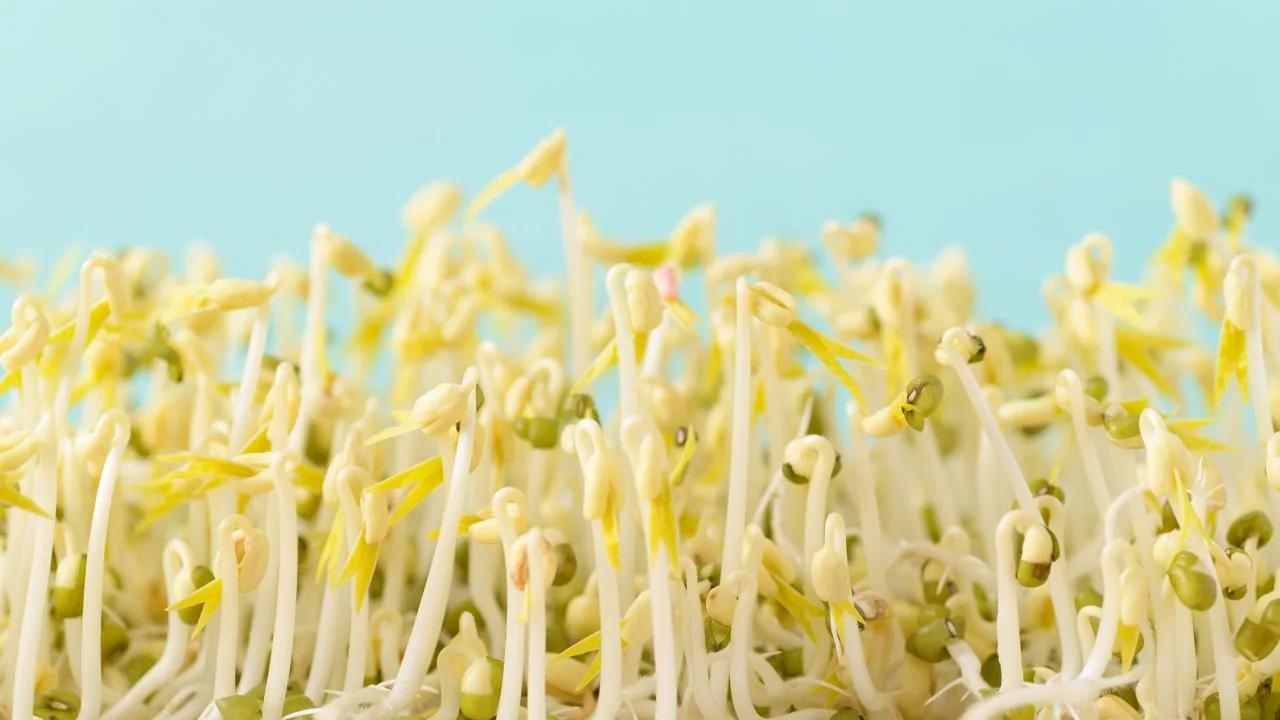
First Complete Structures of Plant Respiratory Proteins
Back-to-back papers in the Dec. 29 issue of Nature Plants report the first complete protein structures for plant respiratory supercomplex I+III₂. Obtaining these structures helps researchers understand basic plant biology, as well as stress responses and how biofuel crops might grow more rapidly.
Plants have two major metabolic processes for energy production: Photosynthesis, which uses sunlight and carbon dioxide to produce sugars, and respiration, which uses oxygen to unlock energy from those sugars.
“If we want to understand plant metabolism, we need to understand photosynthesis and respiration,” said María Maldonado, assistant professor of plant biology in the UC Davis College of Biological Sciences and co-author on one of the new papers with James Letts, assistant professor of molecular and cellular biology.
Most living organisms use some form of respiration to obtain energy. In eukaryotic cells, electrons are passed along a chain of protein complexes located in the inner membrane of the mitochondrion. This electron transport chain drives formation of water from oxygen and hydrogen atoms, pumping protons across the membrane, which in turn drives formation of the ATP, a store of chemical energy.
Respiration allows plants to process energy transferred from the leaves, where photosynthesis occurs, to other tissues such as roots and stems.
Given that respiration is such an essential and fundamental process, the broad strokes of how it works are conserved across most living things. However, there is still quite a lot of room for variability, for example between plants and animals or different types of plants. That opens opportunities for pesticides that only target certain kinds of plants, or to enhance plant productivity.
Letts and Maldonado’s paper looks specifically at the supercomplex of respiratory complex I and complex III2 in mung bean. A companion paper from Professors Hans-Peter Braun, Werner Kühlbrandt and colleagues in Germany studied the same supercomplex in the laboratory model plant Arabidopsis.

More variable than thought
These are the first structures for a mitochondrial supercomplex with complex I from plants, Maldonado said. It is also the first complete structure of plant complex I, because there are subunits that are only fully defined when they are in contact with complex III2 as part of a supercomplex. One of these subunits appears to be unique to plants, Letts said.
“There’s a lot more variability than anyone imagined,” Letts said. While the core functional subunits of the complex are highly conserved and trace back to the bacterial ancestor of mitochondria, there are many more subunits that are less constrained and specific to separate lineages of eukaryotes.
The efficiency of these supercomplexes has an impact on how fast a plant can add biomass, by affecting the balance between making new sugars and carbohydrates from photosynthesis and consuming them in respiration. Biomass accumulation is important in considering plants as a source of biofuels or to capture carbon dioxide from the atmosphere, because you want the plant to convert as much sunlight and CO2 as possible into tissues that can be used as fuel.
Stress responses in plants (and animals) involve generating reactive oxygen intermediates inside cells, which can be useful, for example to kill pathogens, but can also cause harm. The electron transport chain acts as a sink to remove reactive oxygen and therefore also plays a role in modifying plants’ response to stressors such as drought or pests.
Additional authors on the UC Davis paper are junior specialists Kaitlyn Abe and Ziyi Fan. The structural analysis for the UC Davis paper was carried out using the BioEM cryogenic electron microscopy facility at the College of Biological Sciences. The work was supported by the U.S. Department of Energy.
